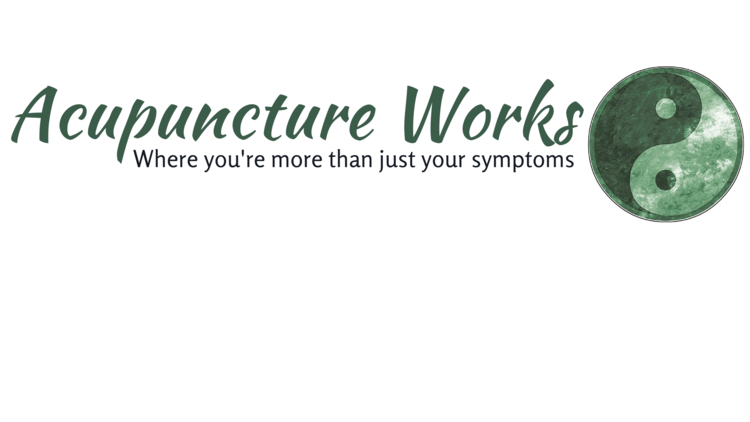Gentle AND profound.
Subtle AND powerful.
Osteopathy works to naturally improve and restore the overall health and functioning of your whole body...one gentle movement at a time.
Whether you’re recovering from an injury, managing chronic pain or hoping to prevent problems BEFORE they actually start - your health is essential.
Whether you love being active or curling up with Netflix, whether you only eat vegan, organic, raw foods or you love the drive-thru one thing is certain, you never make self-care the last thing on your to-do list.
Now you’re searching for just the right therapy to give you relief, to help recover and restore your optimal health that’s natural, gentle but still powerful.
What is Osteopathy?
Don’t be fooled by the name, it has to do with so much more than bones! Osteopathy uses a series of hands-on techniques designed to release tension and restore balance while integrating multiple systems of the body.
Here are The Primary Principles of Osteopathy (that help explain it better).
The Body Functions a Dynamic Unit
Everything is connected and interdependent and ever-changing. You might have a sore knee but that impacts your hip and back too. I’ll treat your knee but I’ll also treat the rest of your body.
The Structure Governs the Function
We believe if your body is going to function properly it must have its structural integrity and mobility restored as much as possible. Your bones, muscles, tendons, ligaments and fascia (aka soft tissue) must be free to move and not interrupt the flow of blood or block nerves.
The Ability of Your Body to Auto-regulate
Your body has the ability to heal itself. Think about the way your immune system kicks into high gear every time you get a cold. The Osteopath’s job is to put your body in the best position (literally) to heal itself. Sometimes, this might even take the form of calming an overactive nervous system due to chronic stress.
The Role of the Artery is Absolute
Which is a fancy way of saying your circulatory system (think arteries, veins, lymphatics and cerebral spinal fluid) must be allowed to flow freely through your body the way it’s meant to. Your circulatory system has the vital function of carrying oxygen, hormones and other nutrients to all of your organs and systems so we don’t want anything to block its flow.
What it’s NOT.
Osteopathy is not the same as chiropractic care. I don’t use any HVLA (high-velocity low amplitude) thrusts that often characterize chiropractic treatments.
Osteopathy is not the same as massage therapy. You are an active participant and I’ll be asking you to move your body in specific ways during treatment.
Osteopathy is not the same as physiotherapy. Physiotherapists often use machines to help them accomplish their rehabilitation goals such as braces, ultrasound and TENS. Osteopathy is a manual therapy which means - no machines.
Who is Osteopathy for?
Osteopathy may be beneficial for anyone looking to
Improve their overall health and functioning - naturally
Improve circulation
Increase joint flexibility
Improve digestive functioning
Manage chronic pain
Improve respiratory and cardiovascular functioning
Relieve migraines and chronic headaches
Kelly Funchion
Hi, I’m Kelly! After 12 years as a kinesiologist/ exercise therapist, I fell in love with Osteopathy. It allows me to look for the mechanical WHY to the problem not just treat the symptom or effect. I went back to school in 2013 and earned my Masters in Practice of Osteopathic Manipulative Science. Now I’m eager to offer the clients of Acupuncture Works osteopathic services.
When I’m not helping clients you can find me on the volleyball court, the yoga mat or hanging out with my dog, Ruby.
Osteopathy offers a subtle AND powerful way to recover and restore your health and well-being.
FAQs
1. Is it painful?
This is a really common question for clients who have never tried osteopathy before but osteopathy is a very gentle therapy. We use a series of hands-on techniques that feel a lot like stretching, mobilization and pressure. You may come out feeling energized or you may feel not much of anything happened (that doesn’t mean it’s not working) or you may have a little soreness for the next 24 hrs.
2. Is it covered by my insurance?
Most major providers of extended health insurance accept that Osteopaths are qualified providers. Please consult your specific plan to make sure you’re covered.
3. How many treatments are needed?
Osteopathy recognizes that each person comes with a unique health history and body so every assessment and treatment plan is completely individualized.
A treatment plan may involve these 3 stages of care.
Relief Care: If you have immediate/acute pain. This is the most intensive period & depending on the severity of the issue could mean 1 - 2 visits/week over a short period of time, usually 2 - 4 weeks.
Corrective Care: is for conditions that are more severe or chronic. The frequency of these visits trails off until function and mobility are restored.
Maintenance Care: is optional but highly recommended to help preserve the benefits of the care you’ve received. Periodic check-ups can help catch “problems” in the early stages before they become painful or disruptive to your life.
4. What can I expect during my first appointment?
We’ll begin by taking your health history. I might ask you to demonstrate simple stretches or movements to assess your posture and mobility using palpation and motion testing to assess the health of your joints, ligaments and tissues. The hands-on techniques I use to correct any issues I find are very gentle and feel like stretching, mobilization and pressure. Because Osteopathy is a holistic approach I may also recommend dietary changes, exercise programs or lifestyle adjustments.
5. Have your own question? I’m happy to answer it.
Osteopathy is a gentle and profound way to improve and restore your health and well-being.


